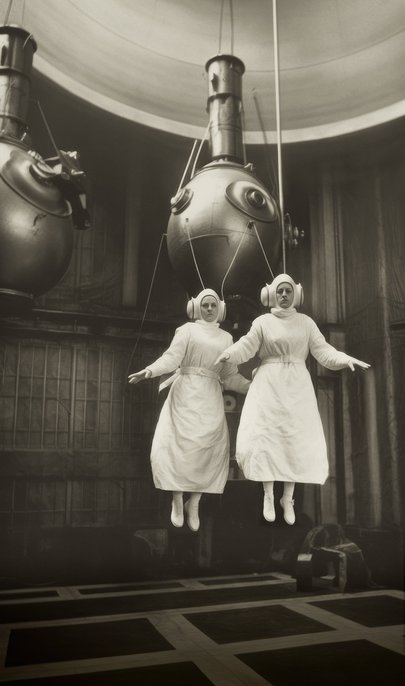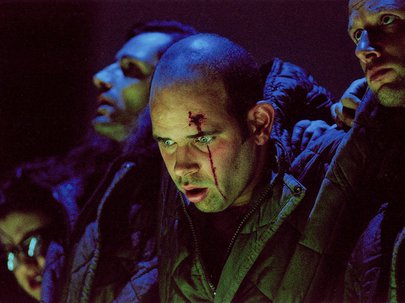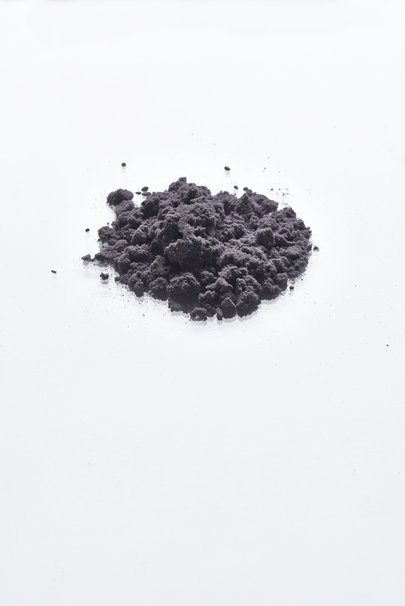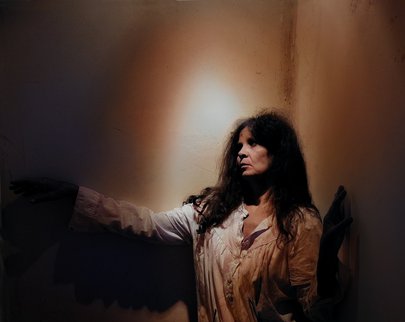Marc Volk | NO FOTOS
Sunday, 23 June, 13:00
NO FOTOS
We go to clubs because we want to experience something. We seek intoxication, we seek dissolution, we seek loss of control. We want to lose ourselves: in music, in dance, in sex and in drugs. We want to break out of everyday life and remain unobserved.
The images in the work NO FOTOS were created with the help of short text prompts and the artificial intelligence Dall E-2. In this process, the artificial intelligence imagines images that it considers plausible and suitable for the descriptions.
As with analogue and digital photography, I am fascinated by the fractures in the medium. The flawed representations of artificial intelligence, its hallucinations and its apparent over-interpretation of reality reveal a new aesthetic that will presumably soon disappear.
In the work NO FOTOS, I tell the story of a club night in 73 pictures, in the course of which control is increasingly lost. The situations become increasingly surreal, the figures merge or dissolve. At the same time, the photographic narrative remains coherent, because everything that happens takes place against the backdrop of what is visually expected. The promise of reality in seemingly photographic images is (still) real.
Publication: NO FOTOS, mv edition, 2024, Softcover, 92 pages, 73 pictures, Limited and numbered edition of 250 books, EUR 28,00, ISBN: 978-3-9824120-4
marcvolk.de
Watch recording on Facebook











